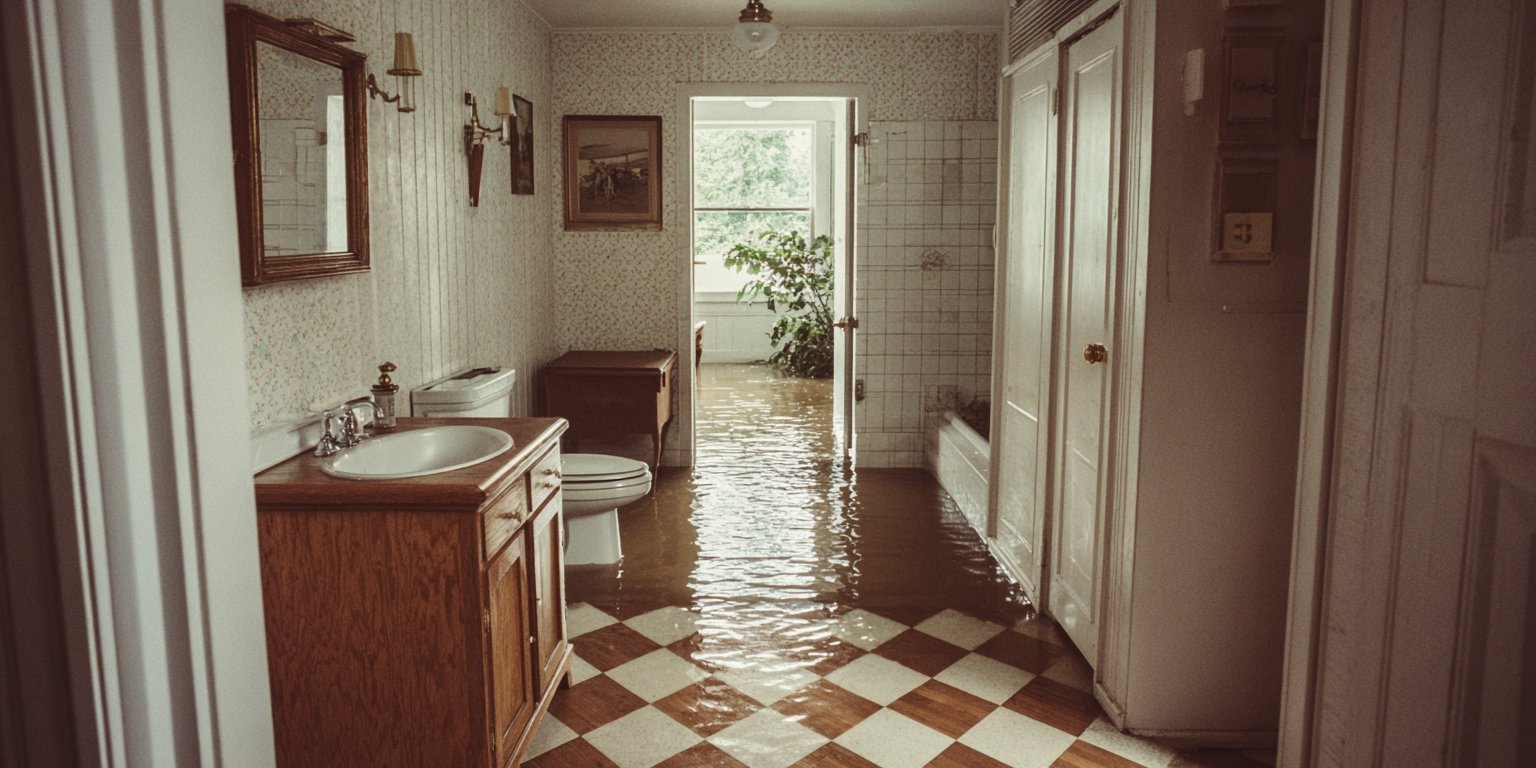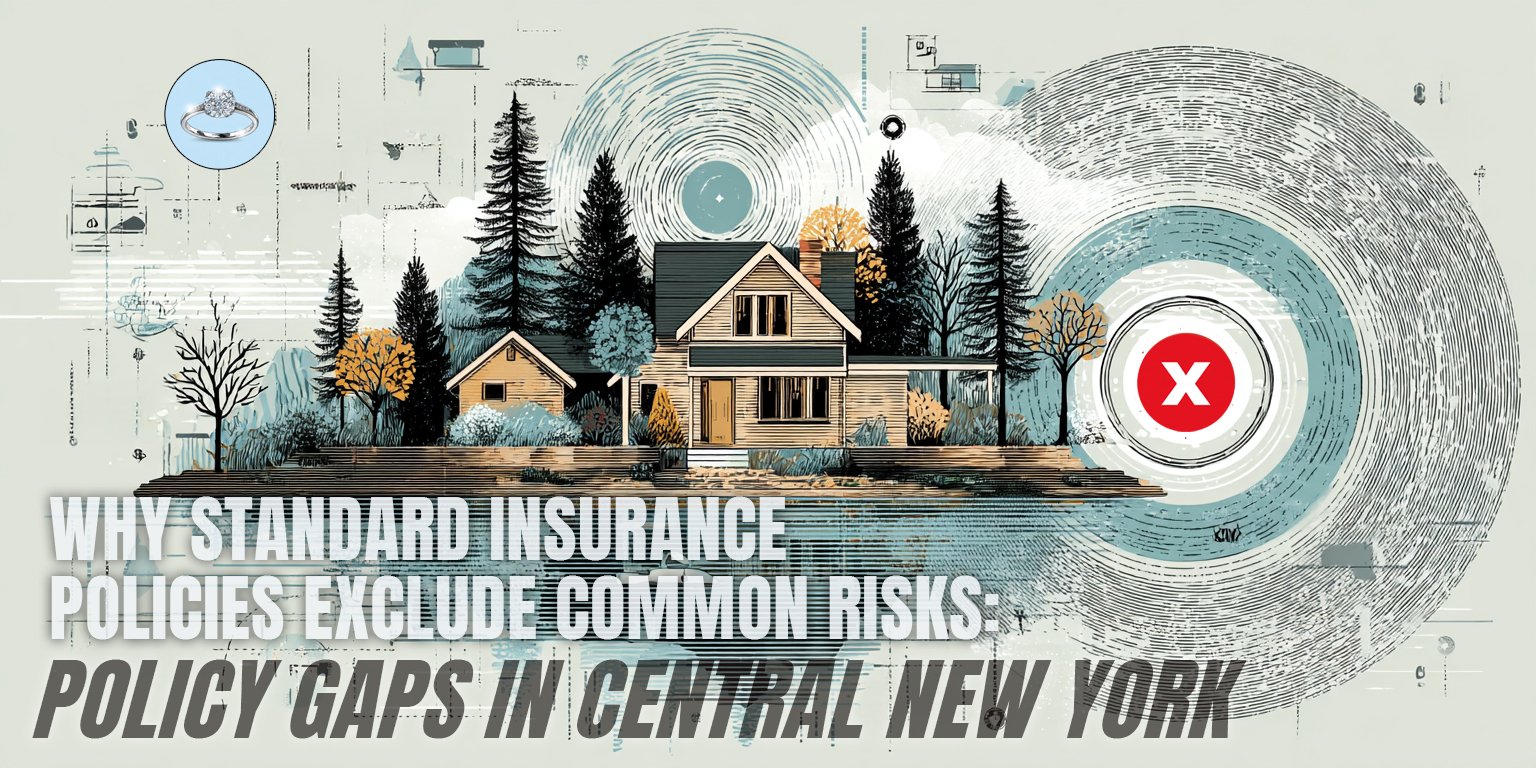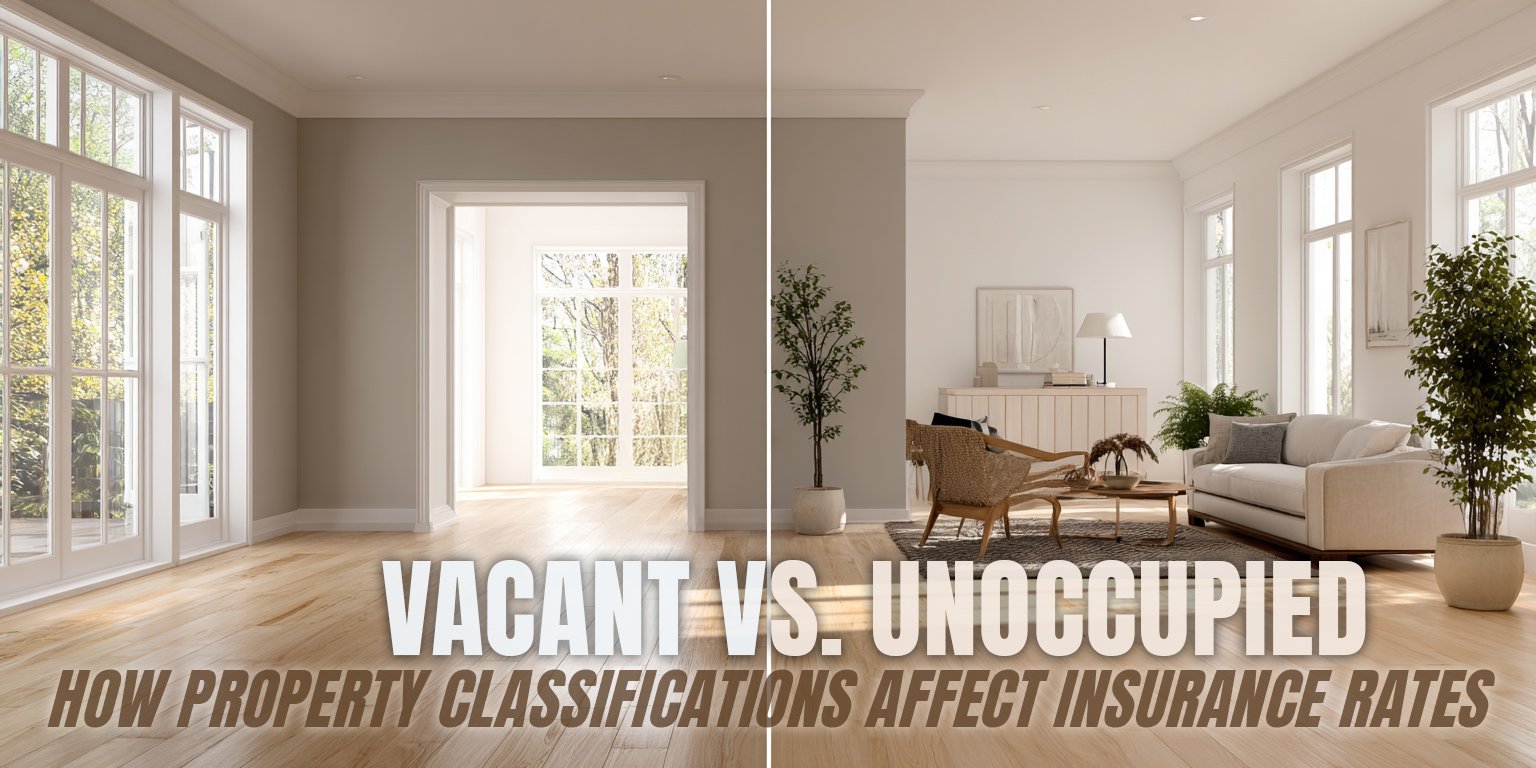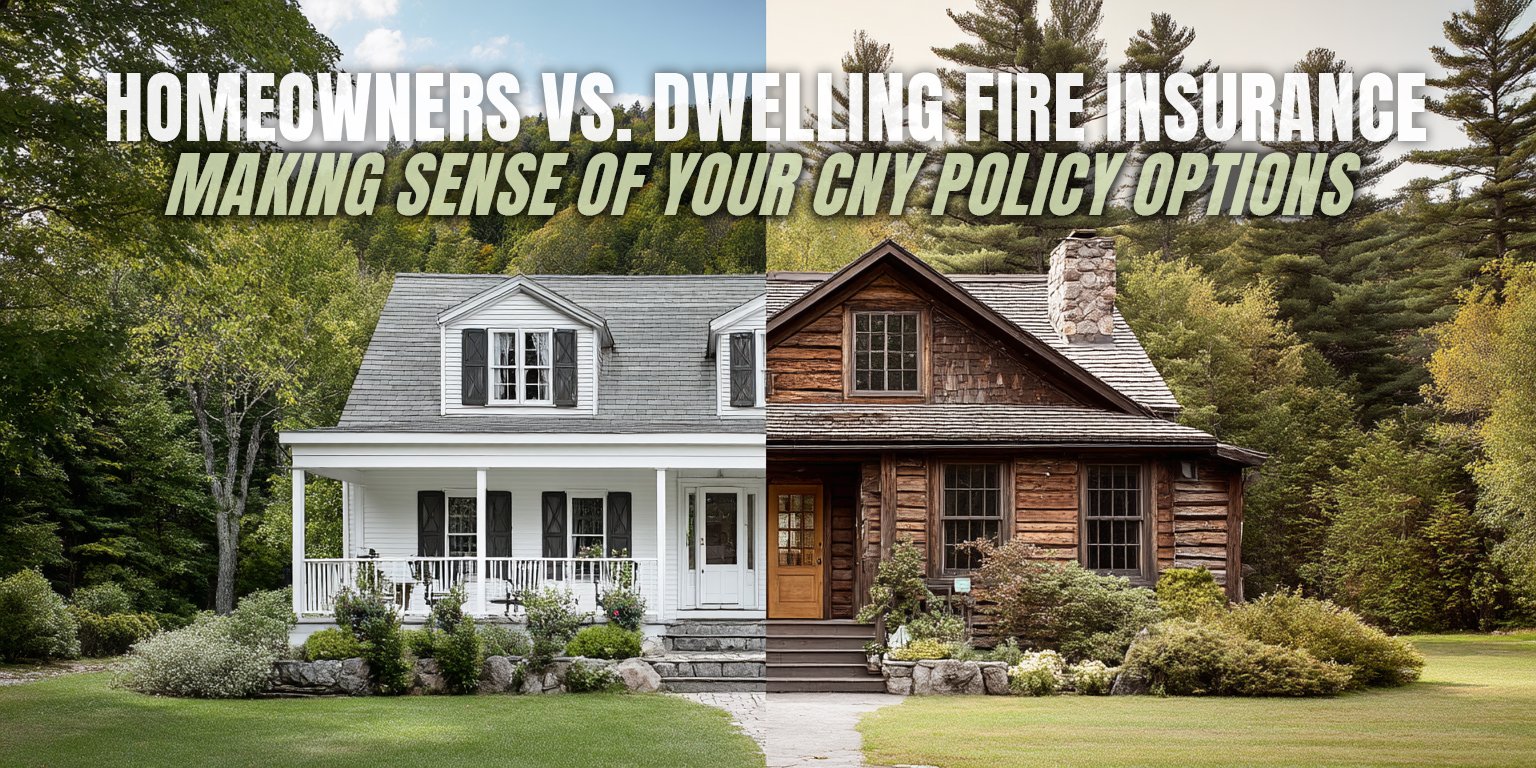Understanding Personal Property Coverage for Homeowners and Renters Insurance
November 4th, 2024
5 min read

As a Central New York property owner, have you considered the hidden risks in your personal property coverage? Many homeowners and renters unwittingly expose themselves to significant liability by misunderstanding this crucial component of their insurance policies.
Misunderstanding insurance documentation can jeopardize your property's future, leading to:
- denied claims,
- legal disputes, and
- unexpected out-of-pocket expenses.
At the Horan insurance agency, we understand these concerns. As an independent agency working with multiple carriers, we bring a unique, informed perspective to help you navigate these complexities.
In this article, we'll discuss key aspects of personal property coverage for both homeowners and renters in Central New York.
By reading to the end, you'll have information to help you better understand your personal property coverage options.
Understanding the Basics: What Is Personal Property Coverage?
Personal property coverage is a vital component of both homeowners and renters insurance policies. It primarily covers the things that you, for the most part, haven't affixed to your home. This includes:
- Electronics
- Clothing and textiles
- Furniture
- Kitchen appliances and utensils
- Books
- Linens
- Decorative items
For homeowners in Central New York cities like Syracuse, Cicero, or Manlius, some of the personal property coverage calculation is already done for you. It's typically calculated as a percentage of your dwelling coverage, with the industry standard minimum being 50% of your dwelling amount. Some carriers automatically include more.
Renters, whether in downtown Syracuse or suburban areas like Liverpool, need to determine their personal property coverage amount independently since there's no dwelling coverage to base it on.
When you're getting a quote, the agent or insurance carrier will ask you how much coverage you want. Renters can obtain coverage amounts as high as what a normal homeowners policy would provide, if needed.
Personal property coverage is subject to the same perils as the rest of your policy. This means if your policy covers fire damage to your home, it will also cover fire damage to your personal property.
Replacement Cost vs. Actual Cash Value: A Critical Choice
When it comes to personal property coverage, there's a crucial distinction you need to understand: replacement cost versus actual cash value.
- Replacement Cost: This option aims to provide funds to replace your lost or damaged items with new ones of similar quality. It doesn't factor in depreciation.
- Actual Cash Value: This coverage pays out based on the current value of your items, accounting for depreciation.
For homeowners in Central New York, it's important to note that an unendorsed HO3 policy doesn't automatically include replacement cost coverage for personal property. You'll need to specifically request this endorsement. However, an HO5 policy automatically includes replacement cost coverage for personal property.
While replacement cost coverage typically costs more, it often provides higher payout amounts for covered losses compared to actual cash value coverage. Consider this scenario: Your five-year-old TV is destroyed in a covered event.
With actual cash value coverage, you'd receive what the TV is worth now—likely much less than a new model. Replacement cost coverage would typically provide more toward buying a new TV of similar quality.
Learn more about replacement cost vs. actual cash value.
Deductibles and Personal Property Claims: What You Need to Know
Know that personal property claims are subject to your policy's deductible. This means if you have a $500 deductible and file a claim for $2,000 worth of stolen items, your insurance would pay out $1,500.
Importantly, if you have a claim that involves both dwelling damage and personal property loss, you'll usually only need to pay one deductible for the entire loss. The deductible is applied to the total claim amount, not separately to the dwelling and personal property portions.
Beyond the Basics: Special Limits and Additional Coverage Needs
While personal property coverage is extensive, it does have its limits. Certain high-value items often have special limits:
- Jewelry
- Guns
- Furs
- Artwork
- Collectibles
- Sporting equipment
- Musical instruments
For example, your policy might limit jewelry coverage to $1,500. If you own valuable items that exceed these limits, you may need to purchase additional coverage.
One way to extend coverage for these high-value items is through Scheduled Personal Property. This is typically added as an endorsement to your policy, providing specific coverage for individually listed items.
Scheduled Personal Property can extend your coverage to encompass losses not typically included in standard policies, like mysterious disappearance.
Personal Property Coverage Away from Home: Extending Your Policy's Reach
One often-overlooked benefit of personal property coverage is that it insures your belongings even when you're away from home. Whether you're on vacation in the Adirondacks, have items stored at a secondary residence in the Finger Lakes region, or are traveling abroad, your coverage follows you.
Typically, your policy will cover up to 10% of your personal property limit for items at a secondary or temporary residence. This coverage for items at secondary residences can be particularly valuable for Central New York residents who may have vacation homes in popular nearby destinations.
 Determining the Appropriate Amount of Coverage: A Central New York Perspective
Determining the Appropriate Amount of Coverage: A Central New York Perspective
For homeowners in Central New York, the default 50% of dwelling coverage is often sufficient. However, it's crucial to assess your personal situation. Ask yourself: “If I lost everything and the insurance company was going to give me a check for this amount, assuming I could prove that I had this much, would I be good?” Consider:
- Would the default coverage be enough to replace everything if you lost it all in a fire or severe storm, common risks in our region?
- Do you have any high-value items that might exceed special limits?
If you find that the default coverage isn't enough, don't hesitate to ask your insurance company about the cost to add more personal property coverage.
For renters, determining the right amount of coverage requires careful consideration:
- Create an inventory of your belongings
- Estimate the cost to replace each item
- Add up the total replacement cost
This process is particularly important for renters in larger spaces or houses. You might be surprised by how much your belongings are worth when you add everything up. Many renters underestimate their coverage needs, especially those renting larger spaces with multiple rooms and possibly a basement to furnish.
Consider discussing with your insurance agent whether having slightly more coverage than you initially estimate might be appropriate for your situation. The difference in cost for additional coverage is often relatively small compared to the potential out-of-pocket expenses if you find yourself underinsured after a loss.
Creating a Thorough Inventory: A Key Step for Central New York Property Owners
Whether you're a homeowner or renter in Central New York, maintaining a detailed inventory of your personal property is crucial. This documentation can be invaluable if you ever need to file a claim. Consider:
- Taking photos or videos of your belongings
- Keeping receipts for high-value items
- Storing your inventory in a safe place (like a cloud storage service)
- Updating your inventory regularly, especially after major purchases
Creating a thorough inventory can be challenging—it's hard to know what's in every drawer or closet. However, the effort can pay off significantly if you ever need to file a claim.
Review Your Central New York Property Coverage Options
Understanding personal property coverage is important for Central New York property owners. Grasping the nuances of this vital insurance element can enhance your ability to assess your property coverage needs and foster transparent dialogue with your insurance provider.
At Horan, we aim to be a reliable source of information for your insurance-related questions. We'll work with you to review your personal property coverage options based on your situation.
With our guidance, you can:
- Confidently manage your personal property coverage
- Avoid common pitfalls that could leave your belongings exposed
- Maintain strong, trust-based relationships with your insurance provider
- Focus on your Central New York lifestyle, with a better understanding of your coverage options
We recommend regularly reviewing your insurance documentation to understand your current coverage.
Click the Get a Quote button below to start a conversation with our team. Let's discuss coverage options suitable for your Central New York lifestyle.
Daniel is an accomplished content creator. He has been working in publishing for almost two decades. Horan Companies hired Daniel as its content manager in November 2022. The agency entrusted its messaging to him. Since then, Daniel has written insurance articles, service pages, PDF guides, and more. All in an effort to educate CNY readers. He's helping them understand the world of insurance so they can make informed decisions.
Topics:




























